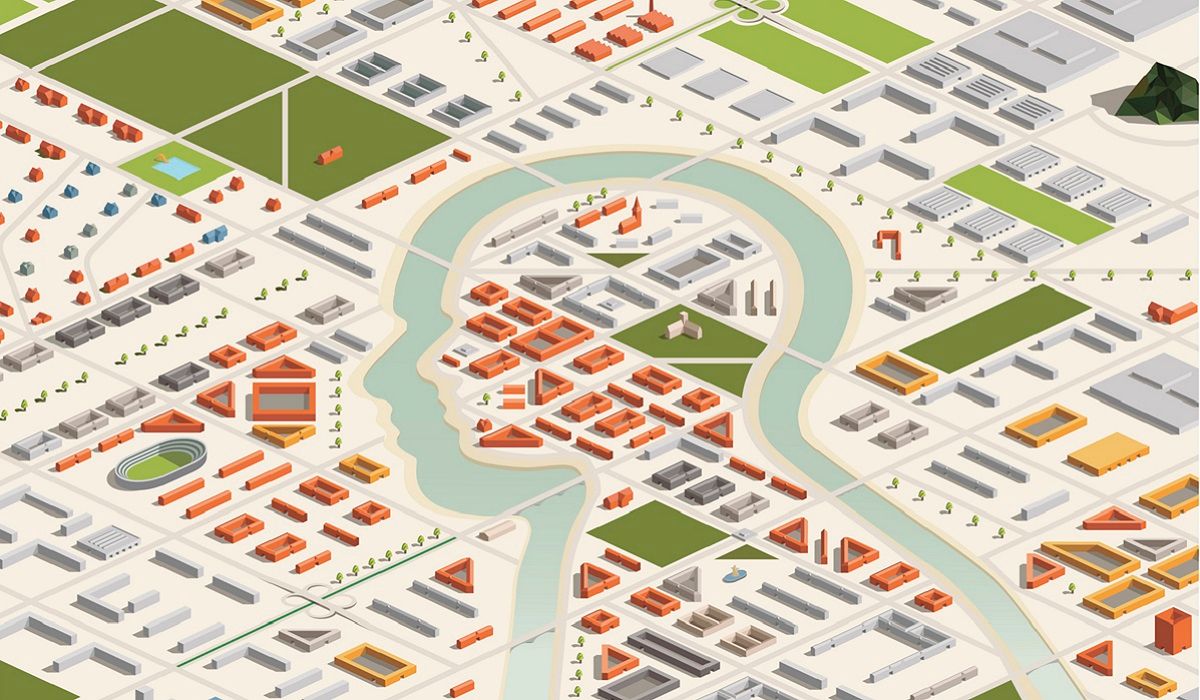Humans have an impossibly vast amount of stimuli barraging our brains. We are inundated with small changes in lighting, faint sounds from outside, barely perceptible whiffs of smell, little tingles on the backside of our pinky toe. We see the neighbor opening his garage across the street, a new weed popping up in the garden. We hear the whir of the street outside and the pitter-patter of the rain on the roof. And now more than ever, we are barraged with a virtually infinite amount of information beyond our direct sensory experiences. We have a stream of texts from our moms, news updates from halfway around the world, social media posts from our third cousins, art and artifacts from over 190 different countries across thousands of years, and seemingly every single person on the planet giving their take on every single issue every single day.
It is impossible to keep up with it all. If we attempted to process and consider all of the stimuli and information available to us, we’d be utterly incapable of functioning, paralyzed and deranged by the sheer immensity of it all.
Instead, our brains do something pretty ingenious. They develop and store “mental models,” representations of what we believe the world is or how it works, which we can then refer to throughout our lives. So when new information becomes available to us (practically a billion times a second), we can simply dismiss everything that fits cleanly into our existing mental models or seems to be unimportant noise. We pay attention only to that input that adds to or challenges our mental models. We ask ourselves “Must I pay attention to this new information? Does it demand my attention?” If not, we tend to simply filter it out and move on.
When I walk into my bedroom, I don’t scan the entire room and take in every bit of possible information. I only take note of things that do not meet my existing model: a spider on the ground, a piece of furniture out of place, a strange humming noise. I assume everything is how my brain thinks it should be unless proven otherwise.
That same basic process plays out in nearly every aspect of our lives, from the smallest daily processes to our beliefs about our society and humanity itself.
It is utter chaos all around us. Our brains are by necessity simplifiers, pattern seekers, and meaning makers. We use mental models to cut through the noise and give shape to the chaos. Without them, we’d be constantly drowning in an endless ocean of noise.









